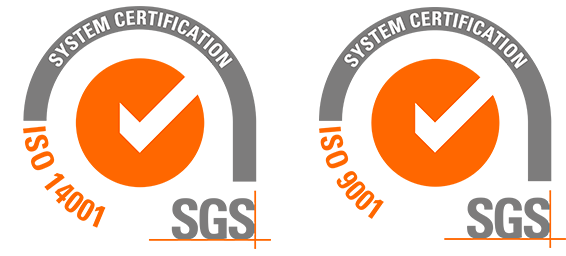A driver has internal impedance, measured in ohms, called output impedance. The ideal value would be zero.
A receiver has internal impedance, measured in ohms, called input impedance. The ideal value would be infinite.
The goal of a professional audio device is, with exceptions; transmit maximum voltage from the driver to the receiver.
If the input impedance Zi is much higher than the output impedance Zo, we can be sure that most of voltage is delivered to the receiver and very little is lost in the driver. In typical devices, Zo ranges from 30 ohms to 1 Kohm and Zi ranges from 10 Kohm to 100 Kohm, this phenomenon is called Maximum Voltage Transfer.
However, we can see (by math and Ohm’s law) that if Zi and Zo are equal, there is a maximum transfer of power from the driver to the receiver and half the signal voltage is lost. This is called Maximum Power Transfer and is used when we work with transmission lines to avoid return loss.
The telephone system began using long cables with characteristic impedance of 600 ohm (due to wire size and spacing). Since amplifier didn’t yet exist, the system was passive and needed to transfer maximum power from one phone to another. Therefore, transformers, filters…were designed for 600 ohms impedances. This way of work was inherited by early sound reinforcement, radio and recording systems. Nowadays, this system still lives on, even though modern requirements for it are all but extinct.
Initially, impedance matching means that Zi and Zo are equal. But this term is often used to talk about an impedance adaptation to optimize the circuit performance. For instance, the output transformer in a vacuum-tube power amplifier is used to optimize power output by converting or impedance matching the low-impedance loudspeaker to higher impedance that suits the characteristics of the tubes.
Other example, (well known by musician world) is the impedance matching to connect an instrument with high output impedance in a microphone input with low impedance input. For this impedance matching are used Direct Boxes.
Bibliography: Handbook for Sound Engineers. Fourth edition. Glen Ballou. Focal Press.






